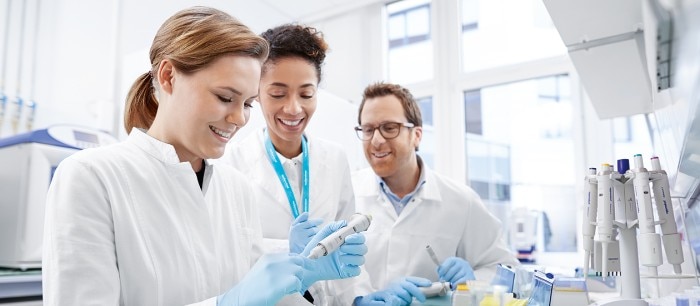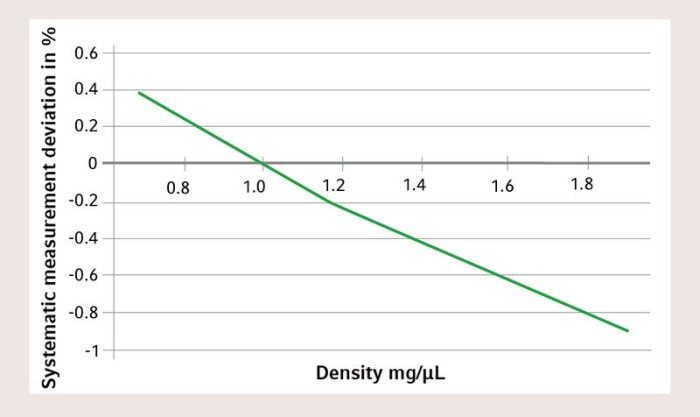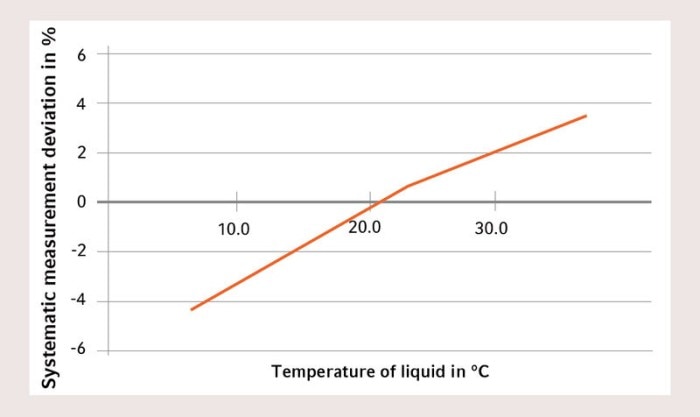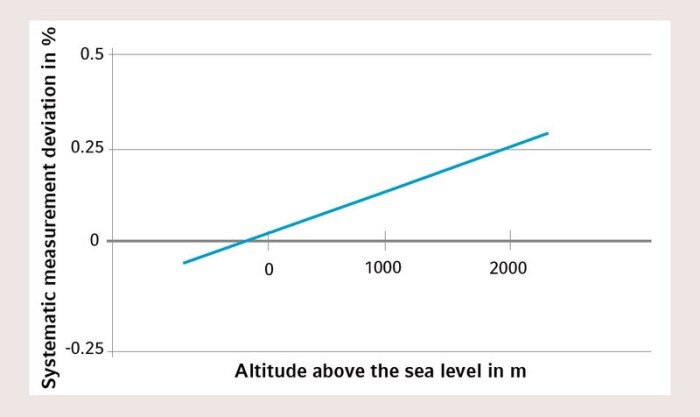-
- Centrífugas de bancada
- Centrífugas de piso
- Centrífugas refrigeradas
- Microcentrífugas
- Centrífugas multiúso
- Centrífugas de alta velocidade
- Ultracentrífugas
- Concentrator
- High-Speed and Ultracentrifuge Consumables
- Tubos de centrífuga
- Placas de centrífuga
- Gerenciamento de dispositivo
- Gerenciamento de amostras e informação

Influence of Physical Parameters on the Dispensed Volume of Air-Cushion Pipette
Explore Life Science
- Maintenance & Calibration
- Pipetting Techniques
- Essay
- Inspiring Science
The surrounding in the laboratory e.g., humidity, altitude and temperature, as well as the liquid properties of a sample itself like viscosity, volatility or density have a tremendous influence on the pipetting result. Each factor influences the pipetting volume and with this the experimental result in a different way. So a liquid temperature other than 22 °C already leads to less or excessive volume delivery. Or a dense liquid like phosphoric acid leads to constant insufficient liquid volume. All factors have to be considered during daily pipetting tasks and especially during calibration of a pipette. So consider our recommendations to improve your daily pipetting work.
Read more
Read less

Read more
Read less

Read more
Read less

Read more
Read less


